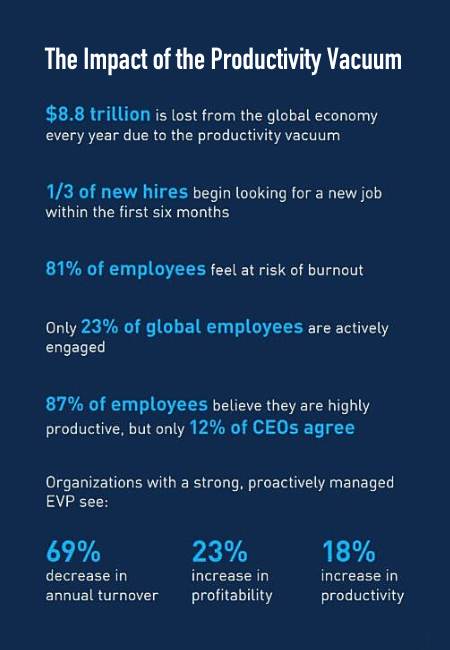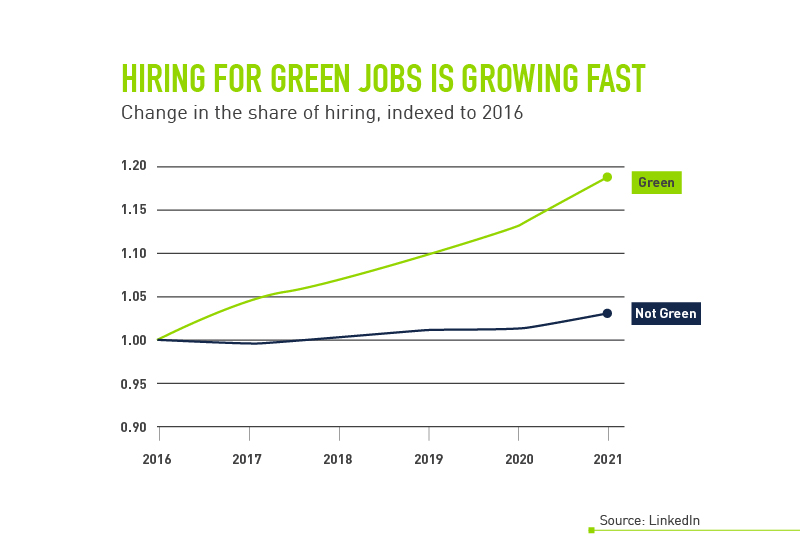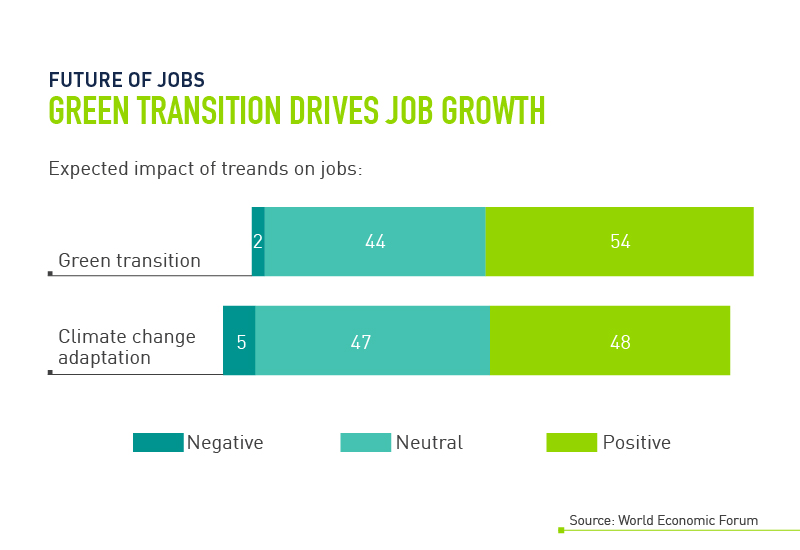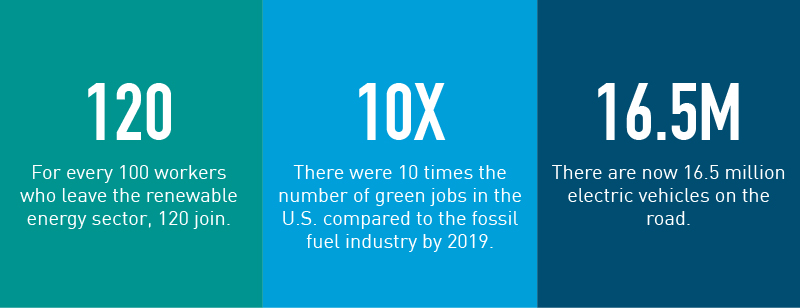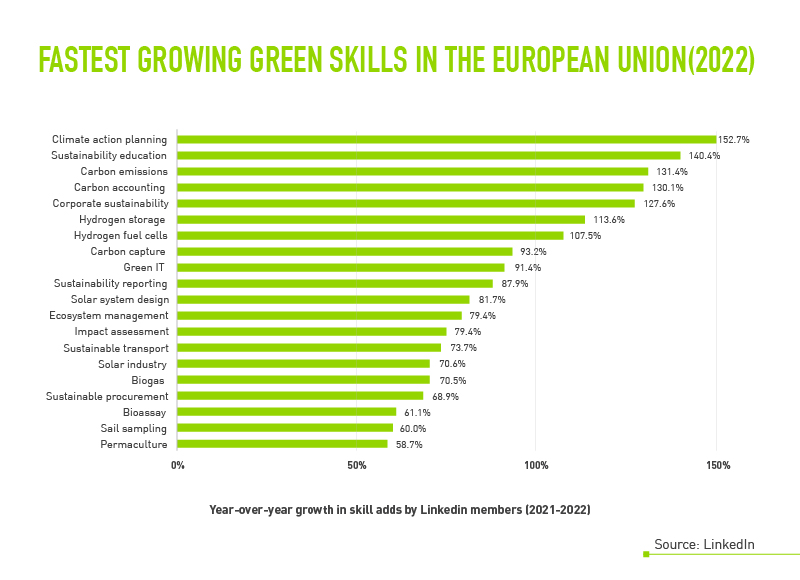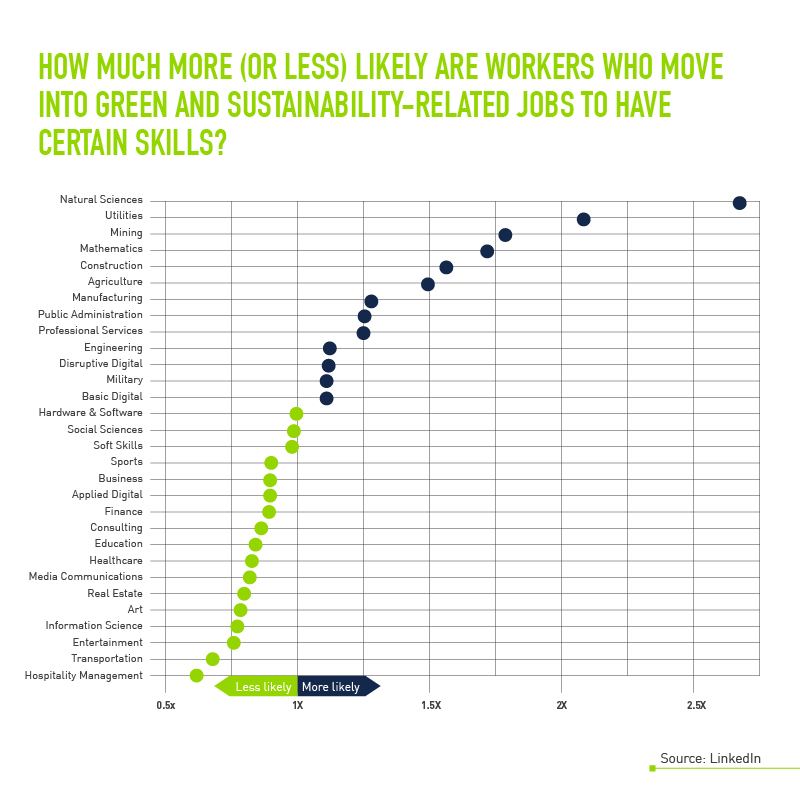By Simon Wright, Global Head of Talent Advisory Consulting
CHROs are facing a tough balancing act. Employees want flexibility, purpose and belonging. The C-suite wants innovation, productivity and profit. How can you satisfy both without compromising? The answer lies in evolving your employee value proposition (EVP) into a dynamic, human-centric personal value proposition (PVP).
I know, I know, your EVP seemed pretty solid just a few years ago. But let’s face it, times have changed. The pandemic shifted mindsets, the Great Resignation shook things up, and workers now expect a whole lot more from employers when it comes to meaningful work, development opportunities, work-life balance and flexibility. Yet despite these changes, many organisations are still relying on the same transactional EVPs focused on compensation and benefits, leading to low engagement levels and high turnover.
This article delves into the profound changes happening in our workplaces, the shift in employee expectations and how a more human-centric approach to your EVP can help you keep up.
The Productivity Vacuum
One-third of new hires begin looking for a new job within the first six months. It takes approximately eight months for an employee to reach their full productivity. So, if a third of employees leave their job before they’ve become fully productive, organisations experience a productivity vacuum that not only disrupts continuity and knowledge transfer but impedes innovation and business performance.
This productivity vacuum is costing the global economy $8.8 trillion (USD) every year, or 9% of global GDP, according to Gallup’s State of the Global Workplace report. To put this into perspective, $8.8 trillion is the combined market capitalisation of the top 10 companies in the world or the third wealthiest country based on GDP.
The connection between employee retention and productivity—and in turn revenue growth—is a compelling driver for organisations to prioritise engagement and retention efforts. Retaining top talent through a compelling EVP is crucial to mitigate disruption, knowledge loss and financial costs caused by attrition. According to Gartner, companies with a strong EVP can decrease annual employee turnover by 69%. Plus, these organisations are four times more likely to have highly engaged employees and two times more likely to have high performers.
Your EVP captures the essence of your uniqueness as an employer and the give-and-get between your organisation and your employees.
However, today’s employees are demanding more, and the one-size-fits-all EVP approach must evolve to keep up. Rethinking your EVP with a more human-centric approach that recognises employees as people, not just workers, can help achieve the balance between empathy and economics. By focusing on shifting the EVP to a Personal Value Proposition, or PVP—so each employee feels it’s personalised to them—organisations can go beyond traditional offerings and provide exceptional life experiences that match employee needs and deliver a positive emotional connection.
Introducing the Personal Value Proposition (PVP)
Lucky for you, we’re sharing how forward-thinking companies are effectively shifting from a generic EVP to human-centric strategy that shapes the individual employee experience. The Personal Value Proposition (PVP) is a personalized, flexible approach tailored to address employees’ diverse needs and aspirations as unique individuals, not just workers.
Think of the PVP like building your own custom sports car versus buying one off the factory lot. You get to select each component to match your preferences—convertible or hardtop, leather or cloth seats, high-powered V8 or fuel-efficient hybrid engine—tailoring a one-of-a-kind vehicle personalised just for you. Similarly, organisations embracing a PVP approach offer employees personal growth opportunities, flexibility in their work arrangements and customised career paths that align to what motivates them.
The result? A 18% increase in productivity and a 23% increase in profitability, according to Gallup.
Getting More Personal to Boost Productivity
The PVP does not replace the EVP; rather, it evolves it. It’s not just about being an attractive employer. It’s about enabling each individual to realise their full potential, and in doing so, empowering your organisation to thrive in an increasingly competitive and complex landscape. Give your EVP a fresh new flavour that will leave employees smiling and revenue growing. Because keeping your workforce happy and driving performance doesn’t have to be impossible. A PVP makes it possible.
Intrigued to learn more? Get the inside scoop on evolving to a PVP along with stats on the productivity vacuum crisis and the steps for scaling your PVP strategy in our new ebook, The Human Advantage: Redefining EVP to Fuel Organizational Performance.
